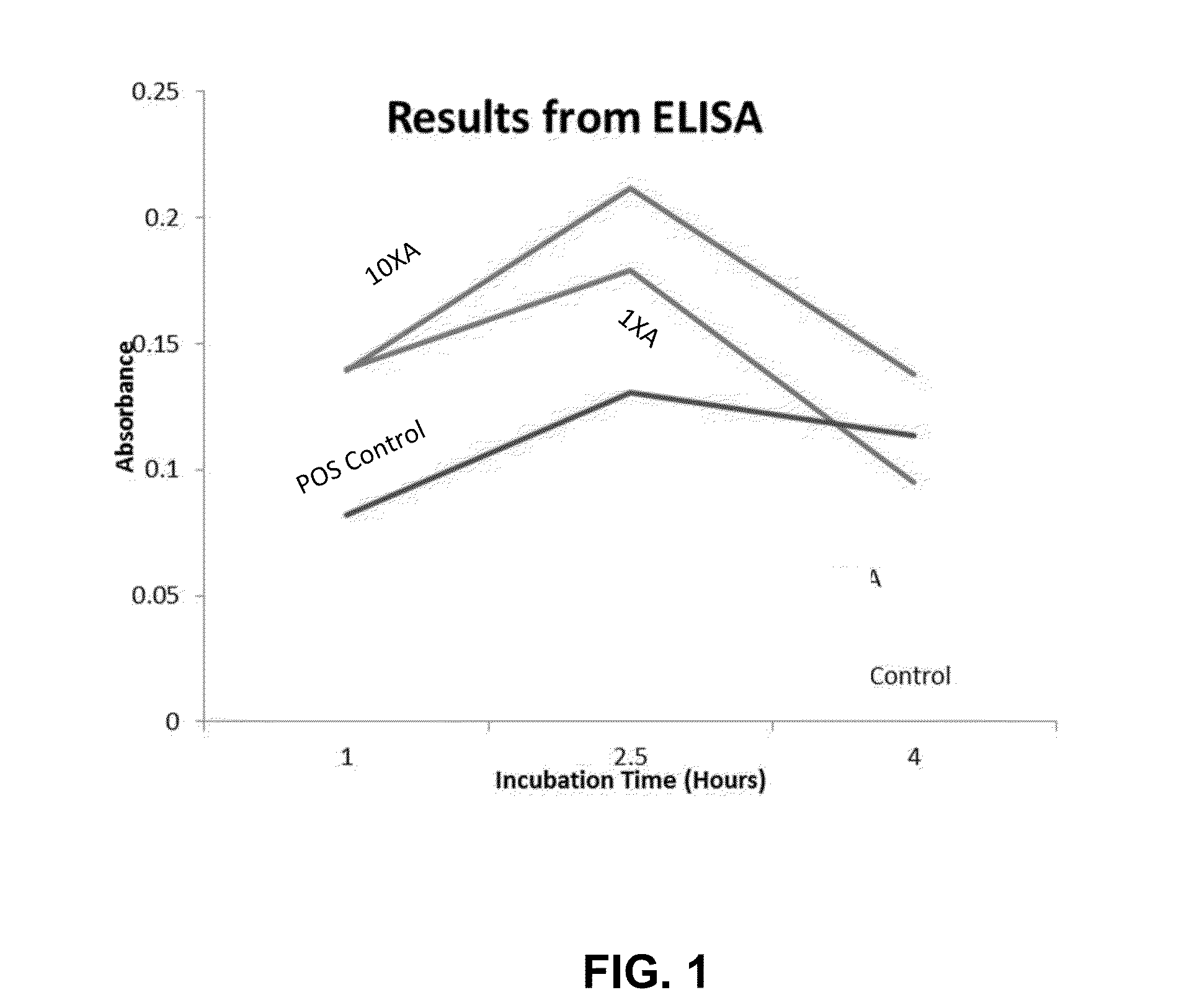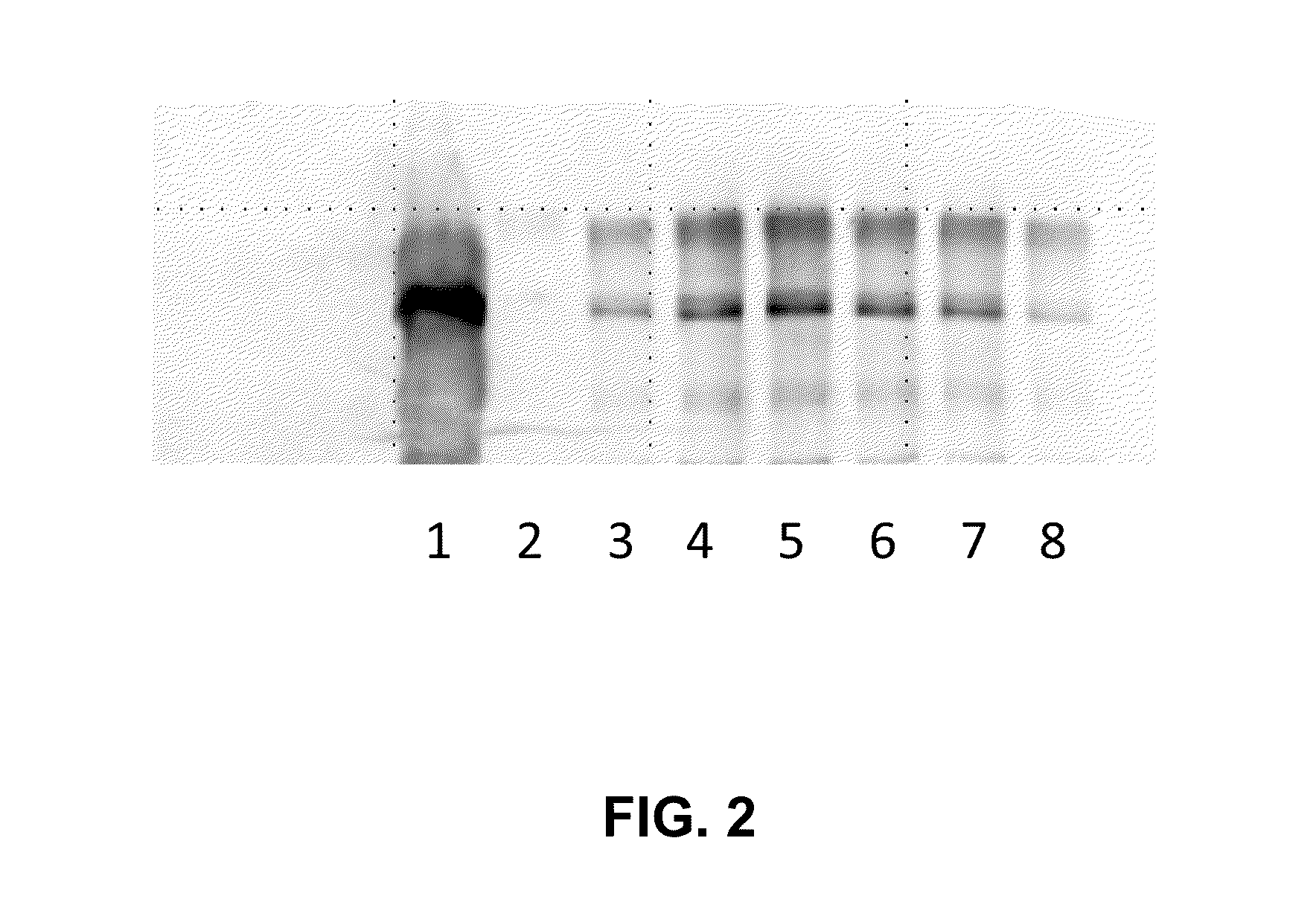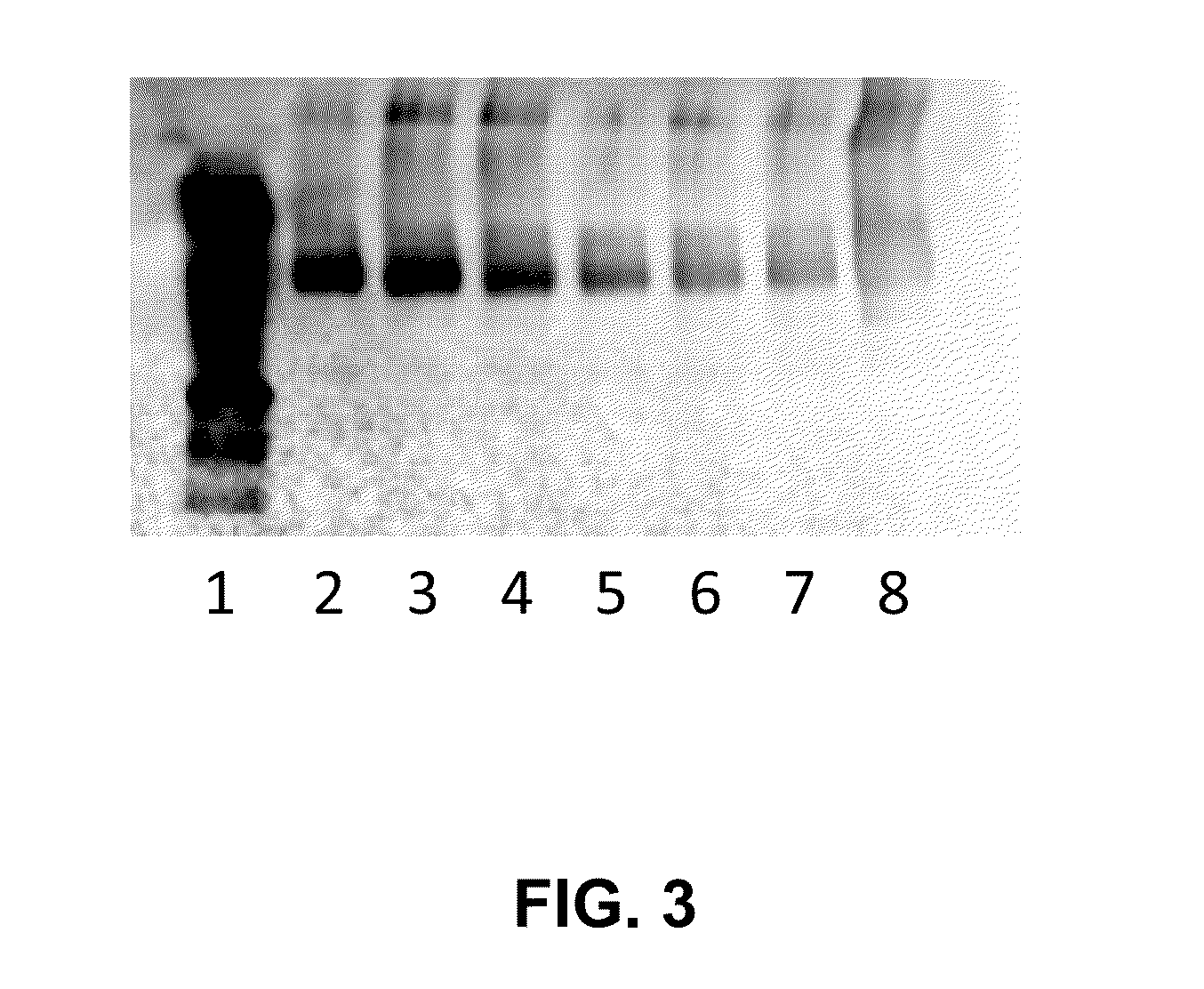Composition and method for modulating inflammatory molecules with amylase
a technology of amylase and inflammatory molecules, which is applied in the direction of drug compositions, peptide/protein ingredients, metabolic disorders, etc., can solve the problems of inability to regulate blood glucose levels, unable to prevent largely irreversible secondary complications, and serious challenges to healthcare. , to achieve the effect of increasing t cell production
- Summary
- Abstract
- Description
- Claims
- Application Information
AI Technical Summary
Benefits of technology
Problems solved by technology
Method used
Image
Examples
Embodiment Construction
[0087]Alpha-Amylase is an enzyme capable of sequestering IgE, a protein involved in the upregulation of a chronic inflammatory response (for example, the chronic inflammatory response observed in type I diabetes). According to one embodiment of the present invention, disrupting the function of IgE with Amylase provides an ameliorating effect on the chronic inflammation.
[0088]The source of chronic inflammation in diabetic patients is tightly linked to the actions of Mast cells. These cells are granule-rich, secretory agents that play a distinct role in the allergic response and inflammation through the release of various inflammatory cytokines and histamine. The degranulation event is triggered by the binding of the previously mentioned IgE molecule to the membrane-bound FceR1 receptor on Mast cells.
[0089]Degranulation, in addition to releasing histamine also causes the release of other inflammatory cytokines such as TNF-alpha, IL-1β which cause inflammation and insulin resistance. S...
PUM
| Property | Measurement | Unit |
|---|---|---|
| total volume | aaaaa | aaaaa |
| total volume | aaaaa | aaaaa |
| volumes | aaaaa | aaaaa |
Abstract
Description
Claims
Application Information
 Login to View More
Login to View More - R&D
- Intellectual Property
- Life Sciences
- Materials
- Tech Scout
- Unparalleled Data Quality
- Higher Quality Content
- 60% Fewer Hallucinations
Browse by: Latest US Patents, China's latest patents, Technical Efficacy Thesaurus, Application Domain, Technology Topic, Popular Technical Reports.
© 2025 PatSnap. All rights reserved.Legal|Privacy policy|Modern Slavery Act Transparency Statement|Sitemap|About US| Contact US: help@patsnap.com



